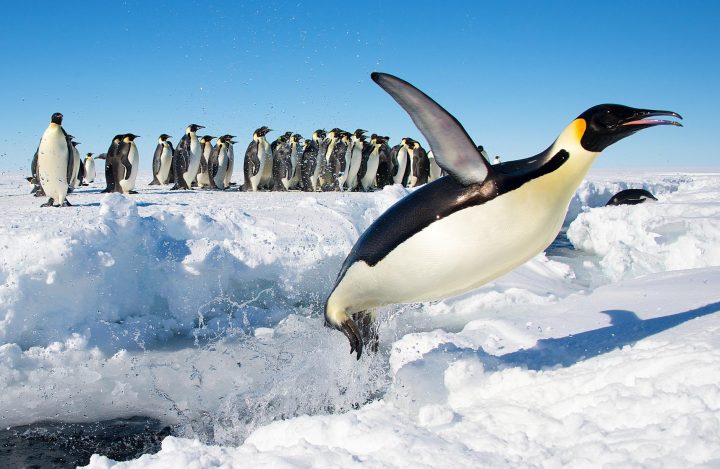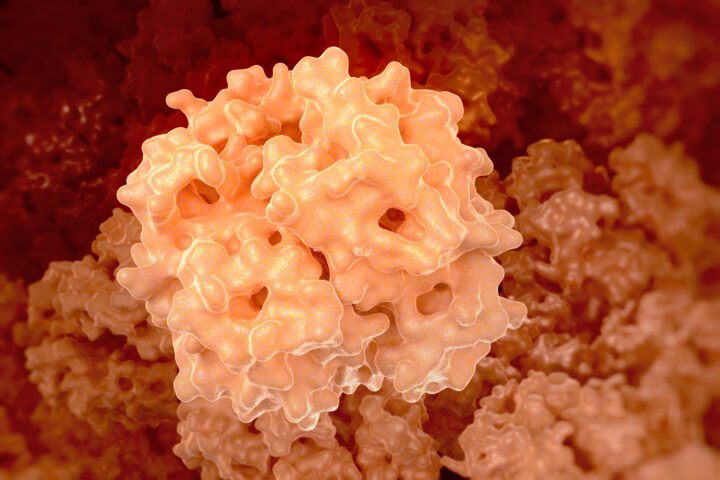Wing feather midribs change shape from circular to square, adding strength without adding material.
Introduction
While a brief glance at the human-built world will reveal 90-degree corners galore (books, bed mattresses, desks, doorways, bricks, the computer you’re reading this on, etc.), a similar glance at the rest of nature yields much fewer such corners. People might even begin to assume square corners are not found in the natural world at all. But in fact, they are, whether in seahorse tails, the stems of mint plants, or (strangely) wombat droppings. The fact that corners are relatively rare in nature suggests something interesting is going on when they do appear.
One of the most prominent instances of corners in nature is the square rachis, or midrib, of bird flight feathers. Flight feathers are circular in cross section where they emerge from the bird’s skin. But gradually, they become square in cross section in the direction of the wingtip. Why this change of shape?
The Strategy
Flight feathers experience strong bending forces as a bird pulls its wing up and down against the air. The rigidity of the feather to those bending forces is largely determined by the amount of material in its rachis, or midrib.
Made of keratin, feathers grow much like human hair, emerging from a follicle in the skin. A circular cross section at this point of contact avoids an uneven build-up of pressure against the bird’s skin. Flexible circular tube shapes (such as plastic drinking straws) easily buckle under strain though. So for the feather to withstand use in flight, it needs to be made stronger. One solution might be to simply add more material, turning the “drinking straw” into a “lead pipe”. But because feathers grow from the base (not the tip), birds can’t simply add material along the midrib. That’s why they change the midrib’s shape instead.
As the tip of the feature grows outward from the follicle, the keratin reshapes itself from having a circular cross section to having a square cross section. This adds sturdiness because the square shape puts more material in the direction that bending would occur (in this case, up and down). Similarly, in a building or bridge, an I-beam achieves greater rigidity without increasing material by placing more of its material above and below the center line of the beam.
Over time, members with circular cross-sections can become ovalized under dynamic loading, making them increasingly vulnerable to buckling and other problems. Birds present a time-tested model for designing such elements to effectively resist loads, with a minimum of material, using practicable processes.
The Potential
Circular-to-square beams, anchored at only one end have many technological applications. They’re increasingly being used by humans, for example in winged robots and energy-harvesting technologies.
Nature is indeed wondrous. And it is such a beauty to look at nature with human knowledge.Dr. Bin Wang, Prof. M. A. Meyers Materials Science and Engineering Program. Department of Mechanical and Aerospace Engineering, University of California at San Diego








